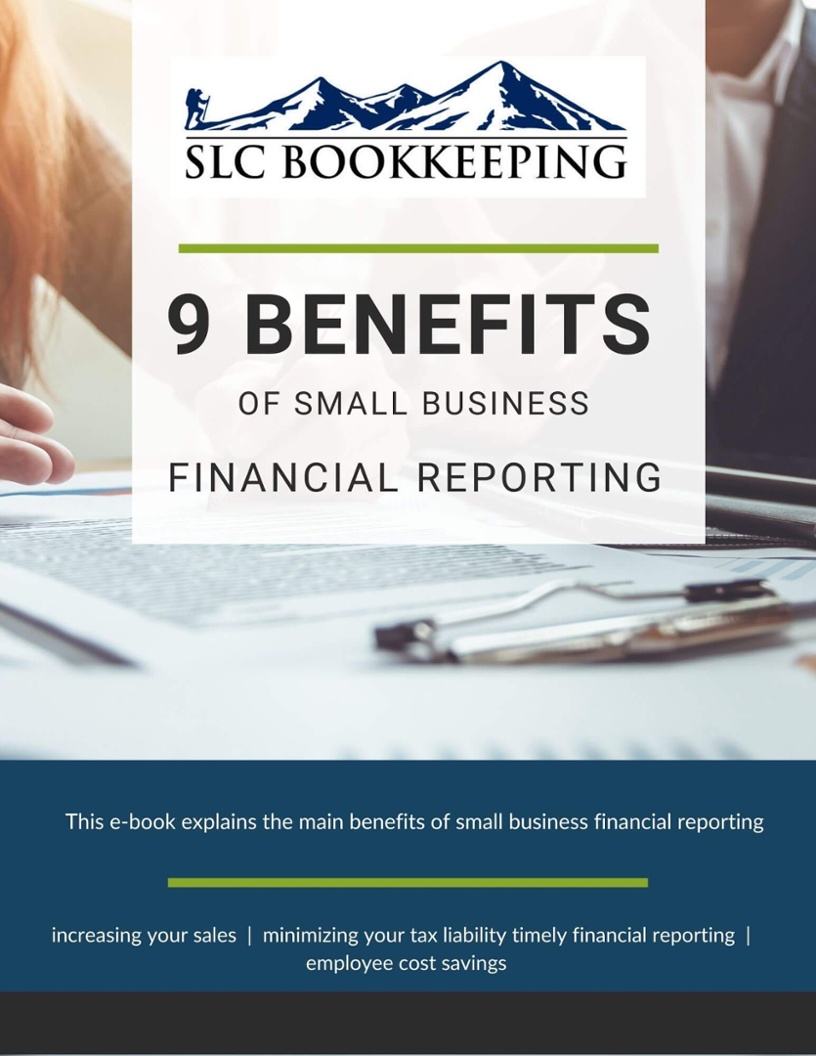How Liquidity Ratios Help You Understand Your Cash Position
 Carrying out a liquidity analysis of your business will help you to better understand your cash position. And that’s important. Because the more favorable a cash position you maintain, the better your outlook for continued success.
Carrying out a liquidity analysis of your business will help you to better understand your cash position. And that’s important. Because the more favorable a cash position you maintain, the better your outlook for continued success.
Performing a few simple calculations using the numbers in your company’s financial statements can tell you a lot about the health of your business today, and how it’s poised to fare down the road. In fact, as a measure of how quickly and easily your business could convert its assets into cash if necessary, liquidity ratios play a key role in any financial evaluation.
Why is Liquidity Important?
The more liquid your business is, the better prepared it will be to consistently service and pay off its short-term debts. The liquidity of your business is defined not only by how much cash you have on hand, but how quickly you can convert other assets into cash. Typically, those assets include things like:
- your inventory holdings,
- your accounts receivable, and
- any marketable securities or other cashable, short-term investments
Many companies make the mistake of tying up too much of their cash in property or long-term speculations. So it’s important to consider what would happen to your business if a downturn in sales - or some other unexpected event - made it difficult to meet your loan payments, or fund your everyday operational expenses.
Liquidity ratios are the best way to interpret your company’s ability to use its current assets to meet its current liabilities - at any point in time. Performing those calculations regularly lets you keep an eye on that ability over the long term, and can help you identify and avoid potential financial risks.
Before we take a look at some ratio examples, here’s a quick cash pulse check you can perform on your business:
- Use the information on your balance sheet to determine the total of your cash and cash equivalents (think bank accounts, treasury bills, or money market funds)
- Divide this amount by the total of all your current assets
- Multiply the outcome by 100, and the resulting percentage will tell you just how much of your business resources are currently represented by cash
A higher cash balance is generally preferable to cash reserves that are too low, since those funds allow your business to support its debt load, purchase new inventory, and take advantage of lucrative investment opportunities. Not having enough cash on hand can also spell trouble when it comes to keeping your accounts payable under control - and that can mean damaged relations with vital suppliers.
How to Use Liquidity Ratios
The easiest way to measure your cash position is by using these three common liquidity ratios. Each of the Current Ratio, Quick Ratio, and Cash Ratio calculations conveys information about how well your liquid assets stack up against your business debts - and the higher the result, the better.
Current Ratio
Sometimes called the working capital ratio, the current ratio examines all short-term assets that can reasonably be converted into cash within a year’s time. The formula looks like this:
Current Ratio = Current Assets (Cash + Cash Equivalents + Accounts Receivable + Inventory) ÷ Current Liabilities
As the most liberal of the three liquidity measurements discussed here, the current ratio includes the widest range of possible cash resources. And like our other two calculations, it provides an effective way to compare your company’s short-term assets (or working capital) against its short-term liabilities.
Quick Ratio
The next step up in terms of a more rigid measure of your company’s cash position is the Quick Ratio, which looks like this:
Quick Ratio = Current Assets (Cash + Cash Equivalents + Accounts Receivable) ÷ Current Liabilities
This calculation is known as the quick ratio because it takes only your quick assets – those that can be converted into cash within 90 days or less - into account. The quick ratio blatantly ignores any inventory holdings since, depending on the nature of your business, these can sometimes be difficult to liquidate.
Cash Ratio
As the least forgiving of the three major liquidity ratios, the stripped-down Cash Ratio is the best indicator of just how quickly your business could position itself to pay out its current debt load in full. The formula is shown below:
Cash Ratio = Current Assets (Cash + Cash Equivalents) ÷ Current Liabilities
You’ll notice that the cash ratio includes only those assets that already exist as cash or – like marketable securities - can be turned into cash almost immediately. Sometimes the most conservative view of your company’s liquidity position provides the truest picture of where you stand financially.
While more liquid cash in the coffer means more available funding for business growth and expansion, it’s important to recognize that there is such a thing as blindly keeping too much money on hand. Underutilizing your cash resources can be just as detrimental as overutilizing them, and it could mean your business is missing out on some profitable, interest-generating investments.
Photo Credit: Canva


Comments